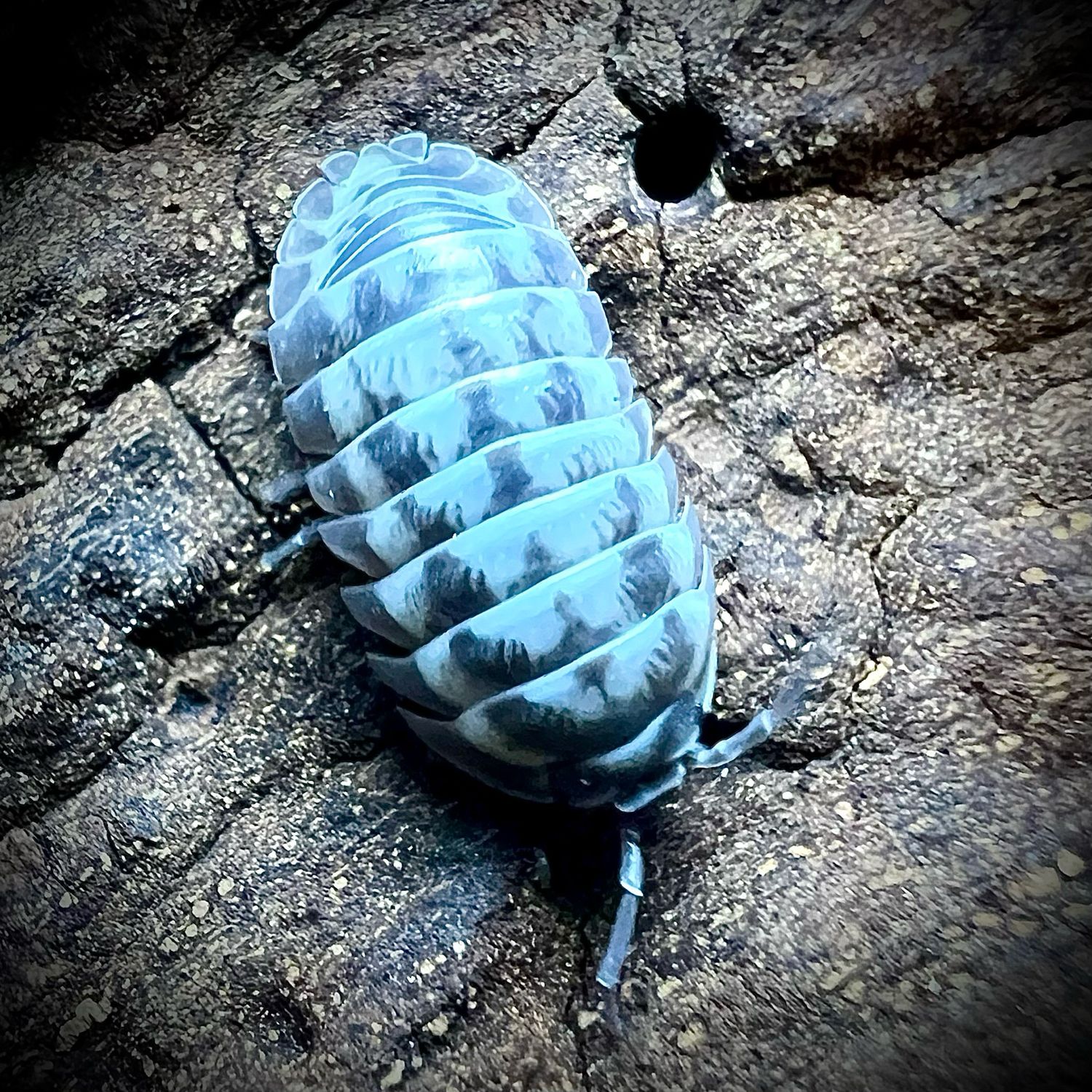
Armadillidium gestroi ‘Milky Way’
The Armadillidium gestroi, specifically the Milky Way variant, is particularly notable for its unique coloration and patterns that resemble a starry night sky.
| Common Name | Armadillidium gestroi |
|---|---|
| Scientific Name | Armadillidium gestroi ‘Milky Way’ |
| Taxonomy |
|
| Habitat | Its preference is for habitats rich in organic material—such as leaf litter, decaying wood, and under stones—where it can easily find food and shelter from harsh conditions. |
| Region | The Armadillidium gestroi (Milky Way Isopod) is primarily found in the Mediterranean region, particularly in moist environments on islands such as those in the Aegean Sea |
| Lifespan (Years) | 2 |
| Diet | Decaying plant matter, leaf litter, calcium supplement, occasional protein |
| Humidity Range (%) | 60–90 |
| Temperature Range (°C) | |
| Conservation Status | The Milky Way variant of Armadillidium gestroi is not currently classified as endangered |
| Coloration | The Milky Way variant features a striking, visually arresting pattern of pale cream, gray, or beige as a base color, accented with dark speckles and bands that mimic a galaxy’s star-filled expanse. This unique coloration often provides effective camouflage among leaf litter and other organic materials in its natural environment. These patterns can vary significantly between individual specimens, making each isopod unique. |
| Care Notes | Provide moist substrate with hiding spots. Use leaf litter, decayed wood, and moss. Ensure moderate to high humidity with ventilation. |
| Breeding Info | Can breed in captivity with stable environment. Some species are prolific, others slow. |
| Adult Size (cm) | This isopod typically measures between 3 to 5 cm (1.2 to 2 inches) in length, though exceptional individuals can reach slightly larger sizes under optimal conditions. |
| Temperament | Shy to docile, species dependent |
Image credited to Adam @ MicroExotics
Was this helpful?
0 / 0